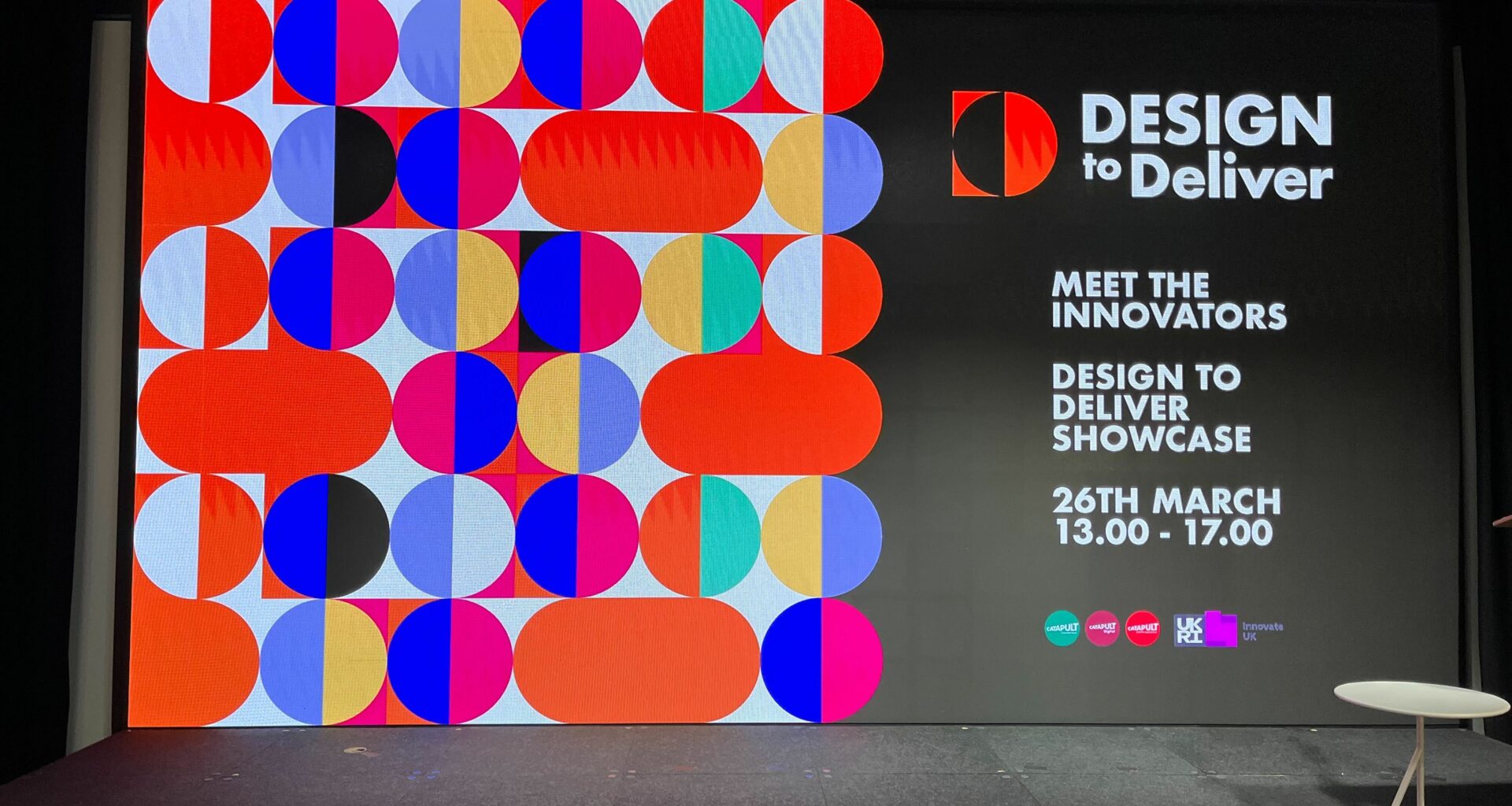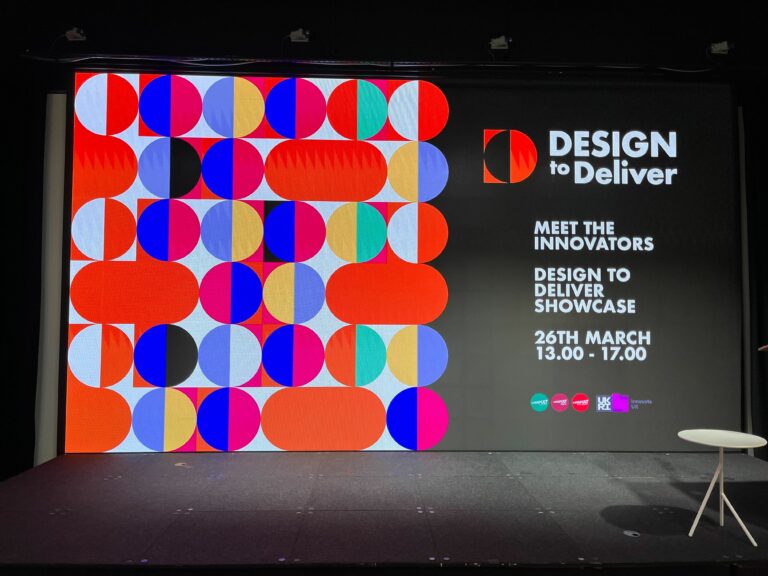The Client
Connected Places Catapult is the UK’s innovation agency for cities, transport and place leadership. In late 2024, they engaged Outlandish to accelerate two Small and Medium-sized Enterprises as they developed data-driven products to help regenerate nature.
The Brief
‘Design 2 Delivery – Collective solutions for wild urban places’ saw us (together with our friends at Tranquil City, who research, create and scale projects for healthy cities) working with the chosen SMEs for three months, leading them through a Design Thinking approach to develop new products.
Design Thinking is something that we apply often here at Outlandish. It’s a method that employs a range of design methods and tools to develop solutions to complex problems. Like all good design thinkers, we typically take product teams through five phases:
- Empathise with users/stakeholders
- Clearly Define the problem you’re trying to solve
- Ideate to come up with concepts, and refine them
- Generate Prototypes – these might be interactive prototypes in Figma, that feel like real products and can be clicked through
- And Test them with real people to maximise learnings
- And then repeat.

The SME’s
So, who were we working with?
Pollenize
The Pollenize team, based out of Plymouth, are developing a new data-widget to help landowners and housing developers track and communicate their biodiversity-improvement journey. Their technical maturity was relatively new – theirs was an entirely new product.
Greentalk
Greentalk had a more technically mature product already, with a range of services that Local Authority customers could use to manage ecological interventions, communicate with residents and more. However, they were looking to bring these together into a more unified data platform that enabled LAs to translate complex Nature Recovery Strategy policies into tangible actions that the public could take for the benefit of wilder urban spaces.
Our approach
Across three jam-packed months, both in-person and online, we delved into all the things we most love to do at Outlandish: learning from others, developing concepts and testing them, and upskilling others to do the same.
Sprint 1
Our first month saw us supporting Pollenize and Greentalk to understand their target markets, their customers’ challenges and pain points, and to define and validate their value propositions. We delivered:
- Research planning workshops
- Ran stakeholder and customer interviews, and guided the Pollenize & Greentalk teams on the same
- Research synthesis facilitation
- Journey mapping
- UX strategy workshops and moodboarding – looking at the qualities of experience that we wanted the end products to convey.
- Work on their business value propositions

We love a wall covered in sticky notes! Here we’re organising our learnings from interviews and user testing.
Sprint 2
This sprint focused on ‘the how’ for both SMEs. For example, how effective and useful data collection through community engagement might underpin the Pollenize product offer for potential customers.
Broadly, in this month we ran condensed Google Ventures-style Design Sprints. This is a practical series of workshops that put Design Thinking into practice through:
- Goal setting – forecasting where we want to be with a successful product and what would need to be true for success to happen
- Mapping the flow of key actors who would be engaging in the product. This included customers, but also assorted stakeholders and teams
- ‘Ask the Experts’ interviews – with community organisations or customers to help define the key design challenges in these flows
- Ideation: How Might We’s, Crazy 8s, solution sketching and more – classic Design Thinking activities to generate creative outputs quickly
- Production of an interactive prototype on Figma: mid-fidelity designs that acted as a strawman for…
- User testing and synthesis

Some of the outputs from our sketching activities mid-Sprint.
Sprint 3
The circle of Design Thinking work involves iteration. And this sprint gave us the chance to run Sprint 2 again, building on our learnings from user testing at that sprint’s end. Additionally, we in this sprint we…
- Facilitated detailed storyboarding of user journeys to inform…
- … the creation of more detailed, higher fidelity prototypes that demonstrated richer user journeys
- Supported both SMEs in planning trials of the products in the Olympic Park, producing a comprehensive Trial Plan
- And provided pitch practice, ready for the SME’s presentation to invited guests and industry figures at the accelerator’s end.

The Pollenize team talk us through their product storyboard, plus present their data widget product at the Connected Places showcase.

Steve presents Greentalk’s new mapping platform product at the Connected Places showcase.
Going forward
Together with Tranquil City we’re hugely proud of our work with Pollenize, Greentalk and the Connected Places Catapult. It has been an incredible accelerator. The teams developed their product offering significantly in a very intense three months, and in some cases pivoted significantly and developed their service offering, beyond the initial product.
We’re going to be continuing to do more work in the ecological-data space, and are exploring ways to share the learnings from the programme widely. Watch this space!










